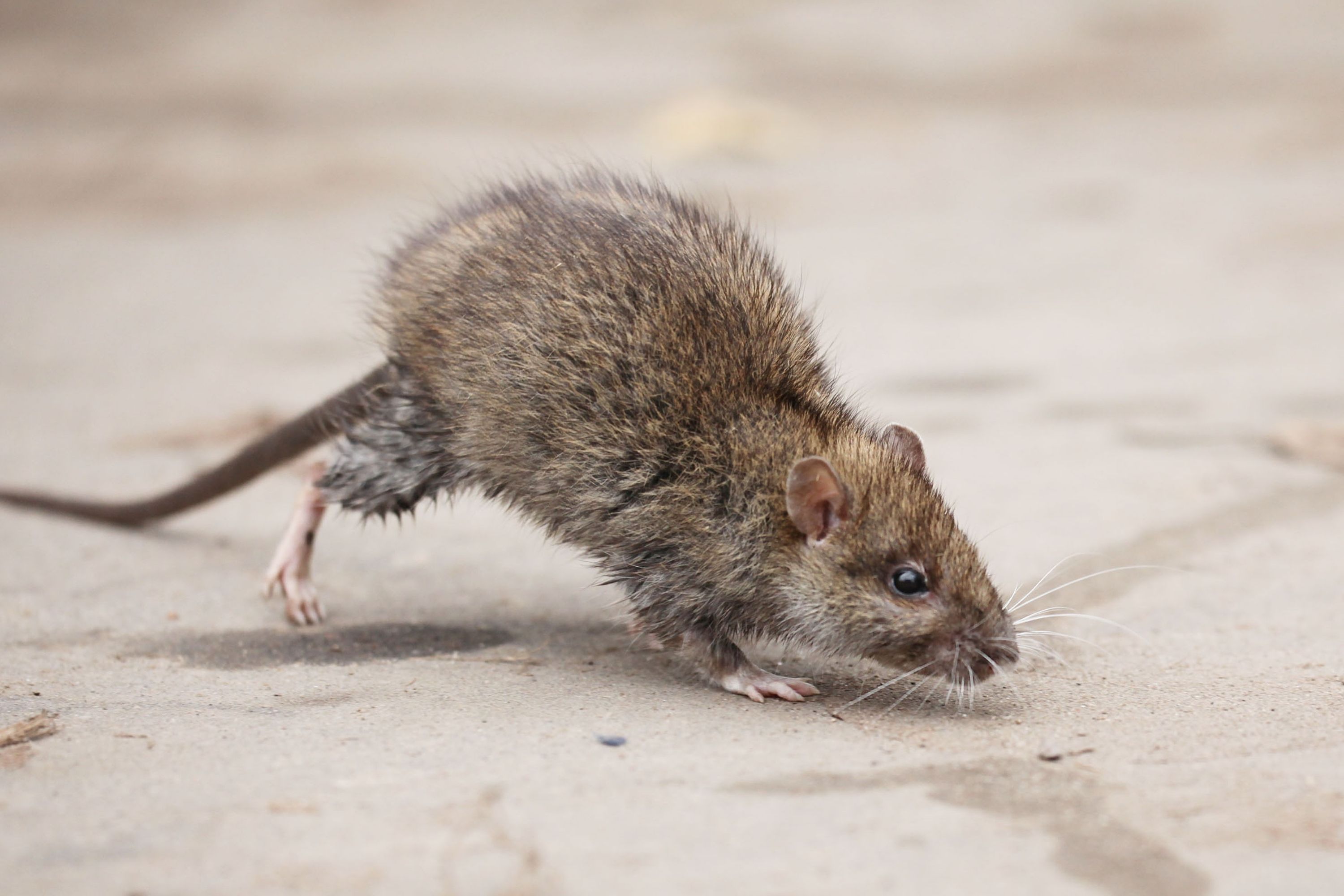South American water rat
(Nectomys squamipes)

Description
Nectomys squamipes, also known as the Atlantic Forest nectomys, South American water rat, or scaly-footed water rat, is a semiaquatic insectivorous rodent species. It is from Argentina, Brazil, and Paraguay found primarily near forest rivers and streams in the Atlantic Forest ecoregion. Nectomys squamipes, or the South American water rat can be distinguished from other Sigmodontinae based on their size and morphology of their hindfeet. They are the largest of the family (average of 216g) and have long hind legs with partially webbed feet to aid in swimming and have completely scaled heels. Nectomys is derived from Greek words meaning "mouse" and "swimming". One unique morphological characteristic is the distinct primitive cuspidate pattern of their cheekteeth, which have hypsodont molars, teeth crowned earlier in life and the outer fold of the upper molars tend to be more isolated as enamel islands. The Nectomys squamipe tends to have relatively longer, less hairy ears and a glossy, long pelage. This pelage is made up of wool hairs and guard hairs and is darker dorsally and tends to be lighter grey on its sides and ventrally. The tail is much less covered in hair, and length is around 75% of the body length. N. squamipes have a larger skull that occupies well-developed supraorbital ridges and lambdoidal crests, giving the mammal great attachments for jaw muscles and a strong bite. This strong bite is shown useful with its large, strong incisors that are greatly curved. The South American water rat inhabits elevations from sea level to around 2,000 m, in areas from the northern coast of South America to Brazil, Argentina and the western slope of the Andes. Almost all of these mammals are found a small (2 m) distance from tropical forest streams and rivers. They tend to prefer the moist habitats in forested areas such as swamps or marshes, and are sometimes found inhabiting caves. The South American water rat has mainly one predator, the barn owl (Tyto alba). They are most vulnerable at night when the barn owls are hunting and the nocturnal rat is out of its nest. Nectomys squamipes are very good swimmers and climbers, which act as short-term defenses against predation. Their darkened dorsal pelage may also act as camouflage. Nectomys squamipes is an omnivorous mammal with a diet ranging from fruits and leaves to insects and small fish. The South American water rat tends to feed more often after the end of the wet season, when food is in abundance.
Taxonomic tree:







